Overview
Map
Other Details
كنيسة المخلص
Hammana
Baabda
Mount Lebanon
كنيسة المخلص - حمّاتابُنيت الكنيسة سنة ١٩٠٥ بموجب اتفاق بين عائلتي أبي يونس وعاد يعود ل٢٨ تشرين الأوّل سنة ١٩٠٢، صادق عليه المطران نعمةالله سلوان. بنيت الكنيسة على مراحل كما تشهد المداميك البارزة في جدرانها. كرّس الكنيسة الخورأسقف يوسف الحايك سنة ١٩٣٩. الكنيسة كناية عن عقدٍ مصالب مرتفع، تنتهي بحنية مستقيمة ومذبح، رمّمت أواخر القرن العشرين. للكنيسة قبّتين للجرس إحداها مثمّنة الأضلاع والأخرى مربعة. تحوي الكنيسة على ثلاث لوحات من عمل داوود القرم تُمثّل التجلي والسيّدة ومار يوسف.The church of the Holy Savior - HammanaIn 1902 an accord to build a church was concluded between the two families of Abi Youness and Aad, it was promulgated by Bishop Nematullah Selwan on the 28th of October. The construction ended in 1905. The church was consecrated by Chorbishop Youssef el Hayek in 1939. The structure consists of a crossed vault with three straight apses and three altars. The church was renovated in the late XXth century. The building is ornated with two bell towers one octagonal and the other squared. The church holds three paintings by Dawood el Qorm depicting the Transfiguration, the Madonna and St Joseph.
Visited 2564 times, 1 Visit today
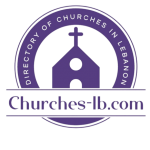
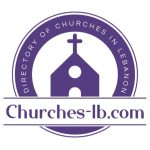

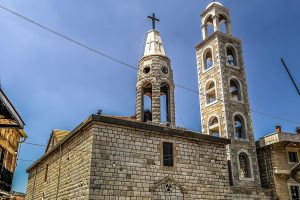
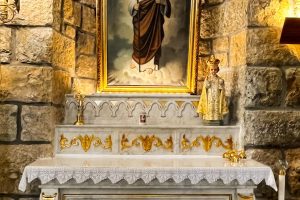
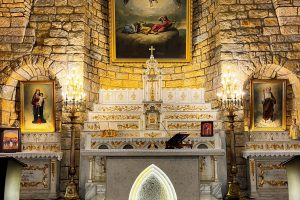
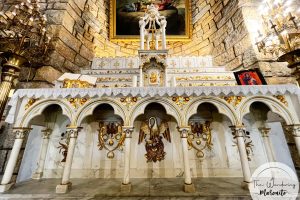
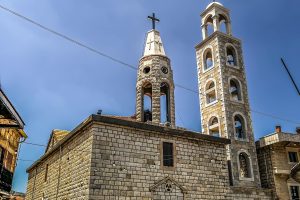
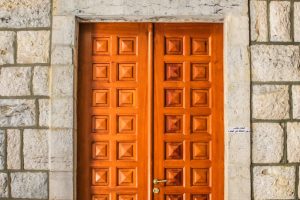
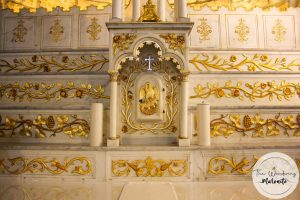
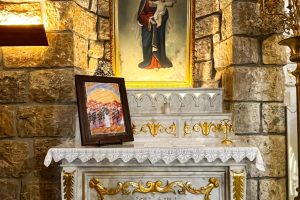
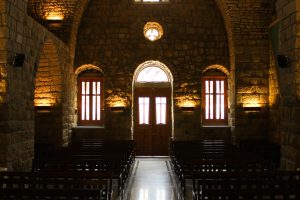
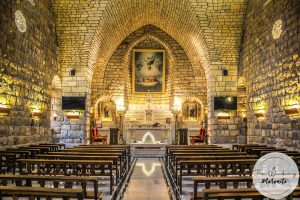























Reviews are disabled, but trackbacks and pingbacks are open.